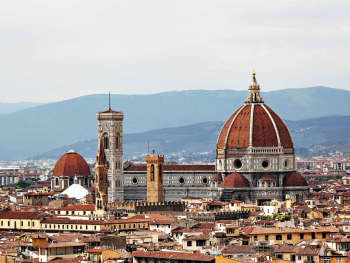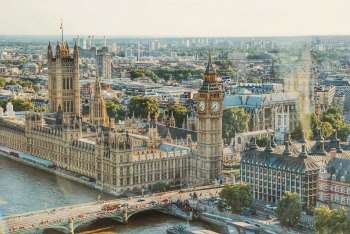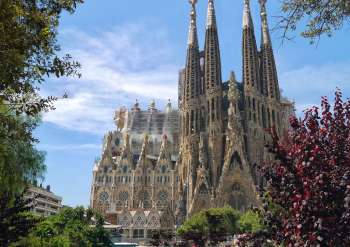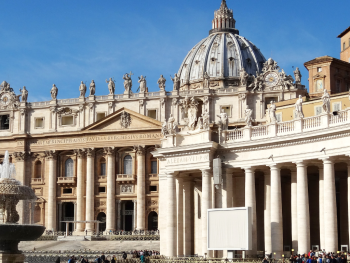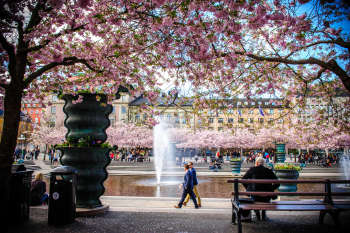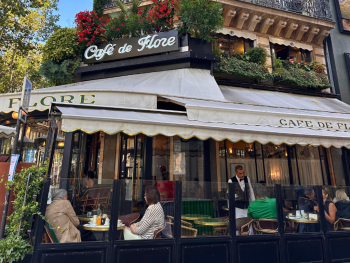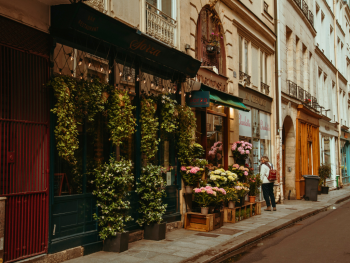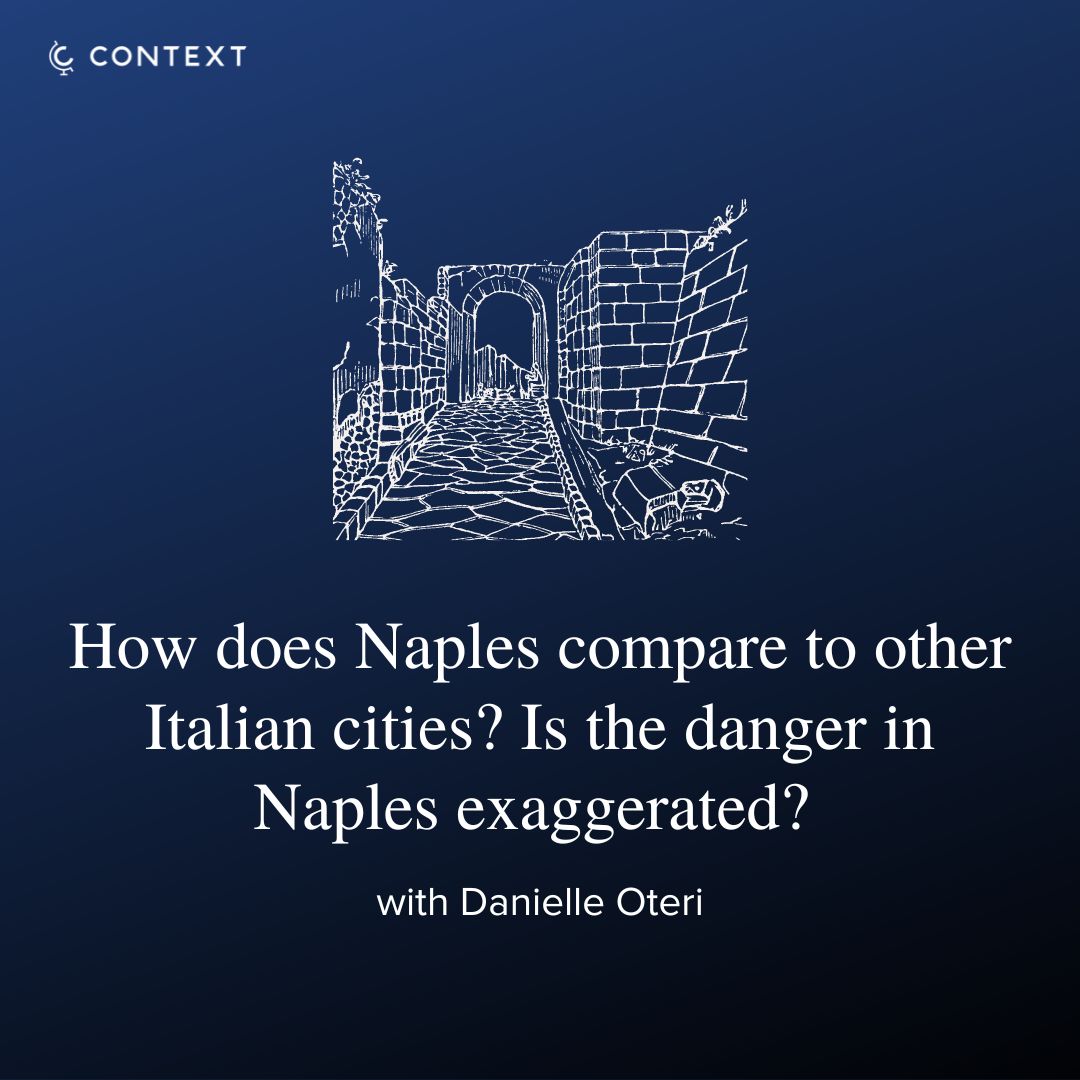Cézanne in Provence: A Yearlong Celebration
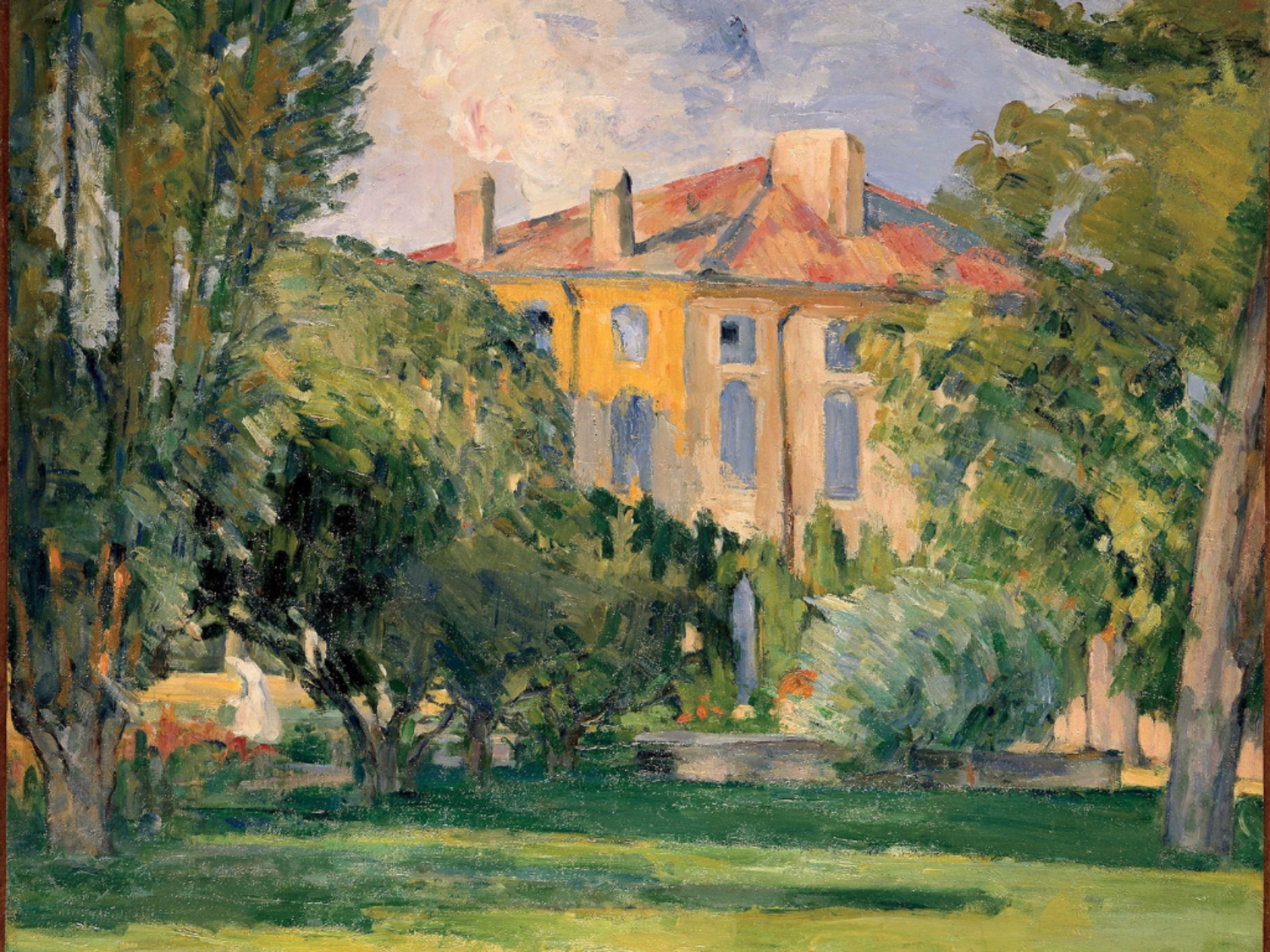
"The House of the Jas de Bouffan" is one of the first Provençal paintings in which Cézanne applied the bright palette and free handling he had developed in Paris with Pissarro and the impressionists during the 1870s. The work was most likely executed in the summer of 1874, soon after Cézanne had returned home from Paris.
Paul Cézanne once wrote, “With an apple, I will astonish Paris.” In 2025, it’s Provence that astonishes—with a yearlong cultural celebration honoring the artist who helped reshape modern art. As Cézanne’s hometown of Aix-en-Provence leads the way, travelers and art lovers are invited to immerse themselves in the landscapes, stories, and brushstrokes of a master who changed the way we see the world.
Who was Ce Man, the Myth, the Mountain
A solitary figure with a singular vision, Cézanne rejected the Parisian art world to remain in Provence—a decision that baffled many in his time.
"Cézanne is often remembered for his notoriously difficult personality—his stubbornness, his intense solitude, and his unwavering commitment to his vision," says Context expert and local artist Laura. "These qualities, to me, were fundamental to his uniqueness as an artist. He chose to remain in Aix-en-Provence, far from the artistic epicenter of Paris, which led many to underestimate him during his lifetime.
Yet, despite his relative isolation, he became a point of pilgrimage for other artists and critics, who travelled to see his work first-hand. This paradox—the artist who was both isolated and, in his own way, a central figure—speaks to his remarkable role as a "decentralizer" of French art, even before it was being established by the French government. He laid the groundwork for a future in which the different regions of France and their specificities were equally valued, and in this respect, he was ahead of his time."
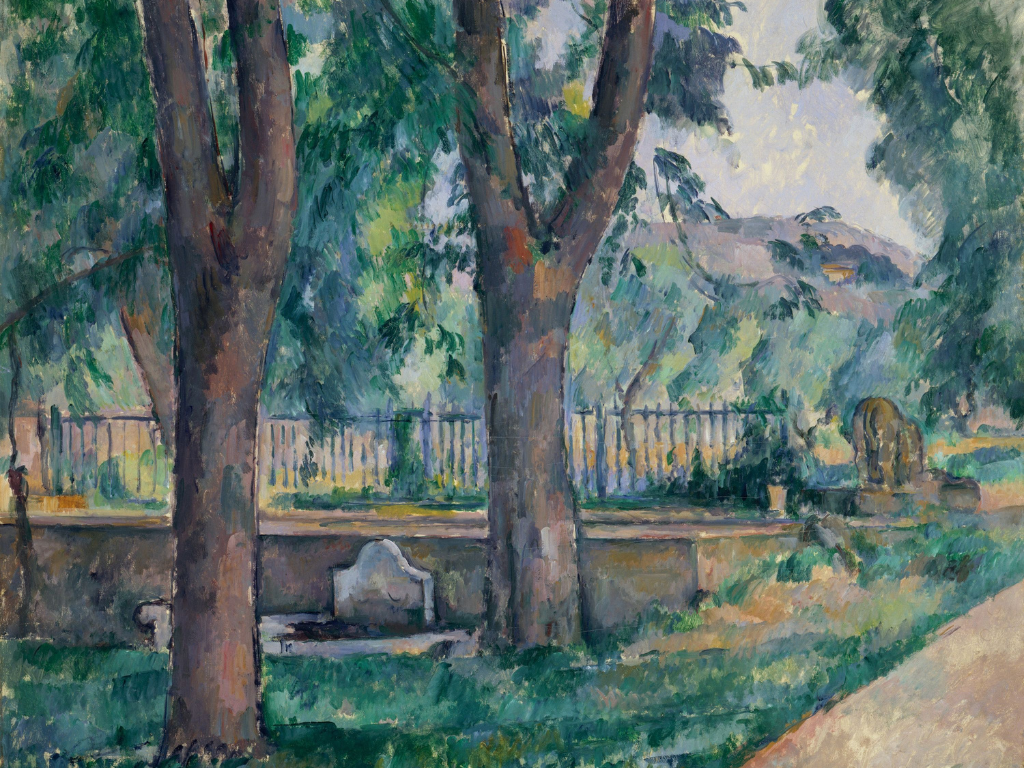
Historian Jeremie frames Cézanne as a cultural bridge. “His work sits at the meeting point between the technical modernity of the North and the deep-rooted, atmospheric traditions of the South.” Cézanne was influenced by classical masters like Poussin but expressed his vision through a modern, deeply personal technique that turned the hills, quarries, and olive groves of Provence into abstract revolutions.
Cézanne’s Masterpieces: Provence on Canvas
Cézanne didn’t just paint landscapes—he translated them. His brushstrokes deconstructed space, his color palette reimagined nature, and his lifelong subjects—mountains, trees, apples—became radical studies in perception and form. A few paintings stand out as windows into his world and the ideas that made him a pioneer of modern art.
Montagne Sainte-Victoire with Large Pine (c. 1887)
Courtauld Gallery, London
This is perhaps the most emblematic of all Cézanne’s Provençal works. He painted Mont Sainte-Victoire more than sixty times, turning it into both a muse and a monument. In this particular 1887 canvas, the mountain is rendered not with photographic realism but with emotional clarity. It's a favorite work of the artist for Pamela, a Context expert and art historian in Provence.
"In this version, the delicately tinted pink and blue mountain rises up into a cool blue sky from a checkerboard field of bright greens and warm ochers. On the left-hand side of the canvas is an elegant, weathered pine tree, its top and bottom cut off by the edges of the picture. A low branch spreads out across the sky, dips downward, and just sweeps the top of the mountain in the distance. Another branch moves in from a tree hidden offstage to the right. Following the rolling contours of the horizon below, it slowly unfurls as if to grasp hands with the branch opposite. For me, the tree branches silhouetted against the sky, form a kind of calligraphic writing.
I love the painting both for the way it makes me think of the light, colors, and atmosphere of the South of France but also for its open-ended qualities—the expressive ambiguities of form and space."
This work reflects Cézanne’s evolving interest in composition and structure. The interplay of tree branches across the sky feels both spontaneous and studied, guiding the viewer’s eye like the architecture of a cathedral. The result is meditative, not descriptive—a vision of Provence filtered through memory and emotion.
The Basket of Apples (c. 1893)
Art Institute of Chicago
On the surface, it’s a still life. But The Basket of Apples is anything but still. The tabletop tilts in improbable ways, the apples seem almost in motion, and the bottle and table edge refuse to align. These distortions weren’t mistakes—they were Cézanne’s calculated attempt to capture how we really see, with shifting perspectives and imperfect focus. This work broke with centuries of artistic convention and directly influenced the Cubists, especially Picasso and Braque.
The Card Players (c. 1890–95)
Various versions – Musée d'Orsay, the Met, the Courtauld, and a private collection
This quiet scene of peasant men playing cards is one of Cézanne’s most famous series. Far from the theatrical drama of earlier depictions of gamblers, Cézanne’s figures are grounded, contemplative, and monumental. The simplified forms, earthy tones, and weighty stillness reveal his sensitivity to everyday life—and his classical ambition to create “something solid and durable, like the art of the museums.”
The L'Estaque Series
Just west of Marseille, the coastal village of L’Estaque became one of Cézanne’s key subjects during the 1870s and 1880s. Drawn by the clarity of the Mediterranean light and the dramatic interplay of sea, hills, and rooftops, he returned to paint the landscape repeatedly—transforming it into a geometric exploration of space and form.
In these works, rooftops stack like building blocks. Trees become cylinders. Hills fold into each other in planes of ochre and green. Cézanne’s brushstrokes fragment the view, as if he's pulling the scene apart and reassembling it through pure structure.
"Cézanne’s treatment of space in these paintings, with their fragmented brushstrokes and the way he reduces natural forms to geometric shapes, directly foreshadows the innovations that would define Cubism. The mountains and trees of L’Estaque are not simply picturesque scenes—they are compositions in which Cézanne deconstructs the world, breaking it into volumes and planes, which had a profound influence on later artists such as Picasso and Braque. His work in L’Estaque encapsulates his genius: the ability to transform the mundane into a radical vision of modern art," says Laura.
Each of these works reflects Cézanne’s personal world: the mountain he saw from his window, the orchard fruits he arranged in his studio, the locals who populated his quiet Aix routines. They are not just beautiful—they are fundamental to understanding how art moved from realism to modernism.
Unmissable 2025 Events
Interested in discovering Cezanne's birthplace, refuge, and studio? Here's a rundown of everything happening in and around Aix-en-Provence this year. Be sure to secure your tickets early!
Cézanne au Jas de Bouffan
Musée Granet | June 28 – October 13 | Ticket Information
The marquee exhibition of the year, this international show reunites up to 100 works thanks to loans from top museums in the U.S., Europe, and Japan. Jas de Bouffan, Cézanne’s childhood estate, was both a sanctuary and a studio, and this exhibition explores the intimate bond between artist and homeland.
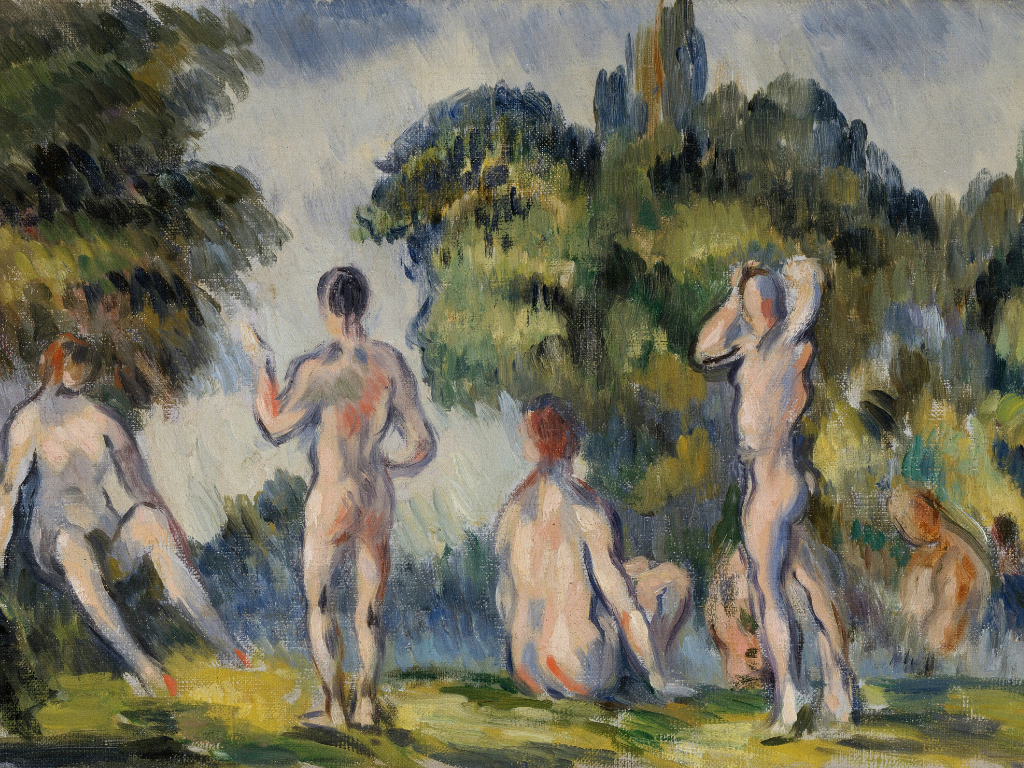
Cézanne’s Studio at Les Lauves
Aix-en-Provence | Ongoing | Ticket Information
Built to his exact specifications in 1901, Cézanne’s final studio is undergoing a thoughtful restoration. Visitors can explore the household items he used as models and the serene space where he painted until his death. A new visitor center and expanded access to the ground floor deepen the experience of the artist’s daily life.
Bibémus Quarries
Just outside Aix | Ticket Information
An open-air museum of sandstone and light, Bibémus was Cézanne’s creative playground. From 1890 to 1904, he painted among the ochre cliffs and gnarled pines, distilling nature into geometric forms that would later inspire Cubism. Now restored, the site features a self-guided trail with themes mirrored in museum-held masterpieces.
Exhibition: “The Little Cézanne Gallery”
La Manufacture Gallery | February 4 – December 21
A family-friendly highlight, this interactive exhibition welcomes children (3–12) into Cézanne’s world through workshops, hands-on experiments, and an immersive audiovisual finale. It’s a rare opportunity to make the art of Cézanne accessible—and magical—for all ages.
Exhibition: “Cézanne Seen from Aix: Between Legend and Collective Memory”
Musée du Vieil Aix | June 6 – January 5, 2026
How did Cézanne's hometown view him—during his life and after his death? This exhibition explores that relationship through letters, archives, and the work of those he inspired, such as Joseph Ravaisou and Marcel Provence. It's a deep dive into the cultural identity of Aix and its most famous son.
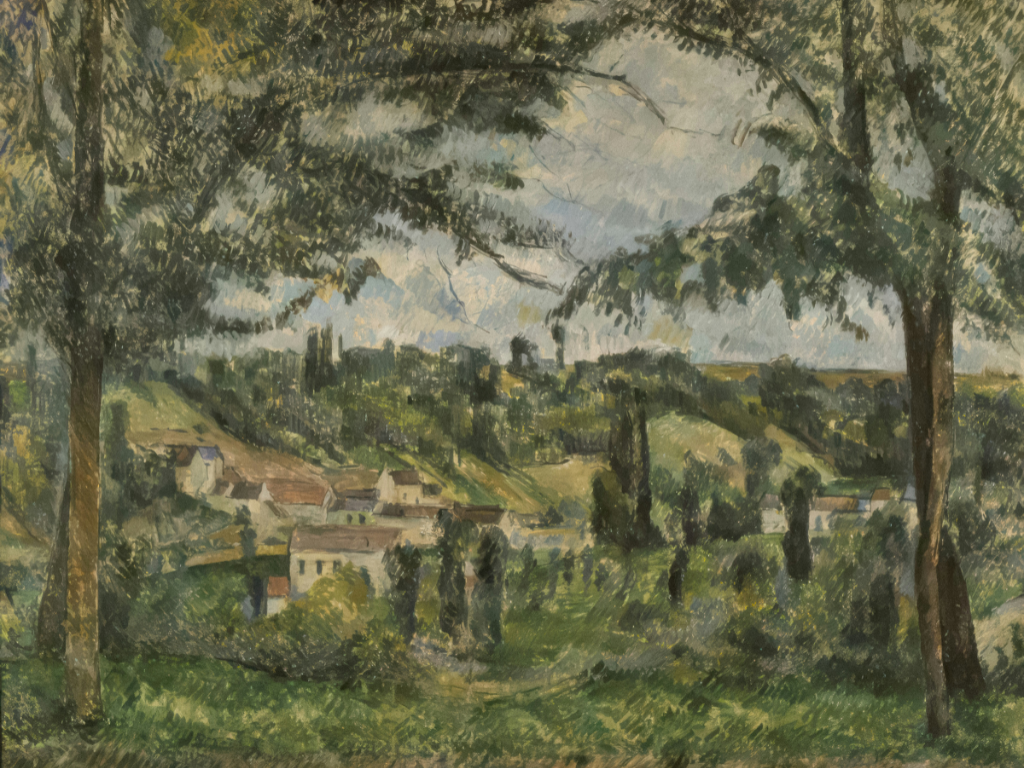
Exhibition: “The Exhibition of Exhibitions”
Pavillon de Vendôme | June 19 – November 2
In a delightful twist, this show revisits two legendary Cézanne retrospectives held in 1956 and 1961—complete with archival photographs, press clippings, and even a VR reconstruction of the galleries. It’s a meta-moment in art history, staged in the very building where the original exhibitions took place.
"The Pavillon de Vendôme is one of my favourite hidden gems in the city center," says Laura. "The exhibition held here promises to explore his impact on modern art, particularly during his time in Aix-en-Provence. The Vendôme is an extraordinary venue for such a showcase, as it offers both a historical context and contemporary setting to reassess Cézanne's work."
Le Menu Cézanne 2025: The Great Cooking Competition
Aix-en-Provence restaurants | Throughout 2025
Cézanne’s love for Provençal cuisine comes to life in a city-wide culinary challenge. Inspired by the artist’s favorites—think daube, aïoli, and apples—local chefs will craft menus judged by culinary leaders, including France’s Gastronomy Ambassador. It's a feast for the senses and a tribute to Cézanne’s table.
Visiting Provence in 2025
Cézanne’s paintings don’t just depict Provence—they distill its essence. The jagged planes of Mont Sainte-Victoire, the sun-drenched walls of L’Estaque, and the earthy tones of the Bibémus quarries all become symbols of something larger: a new way of seeing.
As Laura puts it, “Cézanne’s genius was his ability to transform the mundane into a radical vision of modern art.” And there’s no better place to witness that transformation than here, in the region that shaped him—and that he, in turn, immortalized.
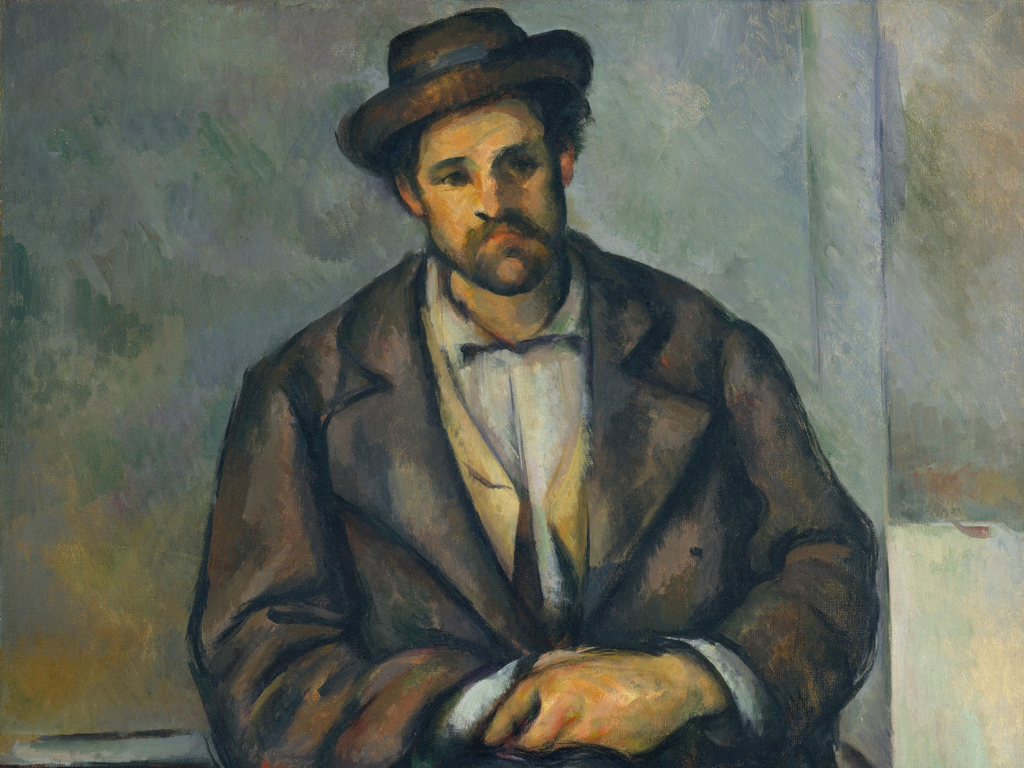
Choose your own Provençal Adventure
Visit Provence with a Context expert and discover why Cezanne and so many others have fallen in love with this slice of paradise in southern France.
Art & Culture
-
Cézanne's Aix-en-Provence Tour
Delve deeper into Cézanne's world with a private tour that explores the streets and sites that inspired his work. Visit his final studio at Les Lauves and gain insights into his artistic process. -
Introduction to Arles Tour with Van Gogh Highlights (Audio Guide)
Discover Arles' rich history, from its impressive Roman architecture to the places that influenced Van Gogh's masterpieces.
History & Heritage
-
Introduction to Avignon Tour with the Papal Palace and the Pont d'Avignon
Explore the medieval heart of Avignon, including the grand Papal Palace and the iconic bridge, with skip-the-line access and expert commentary. -
Introduction to Marseille Tour with the Old Port
Uncover the layers of history in France's oldest city, from ancient Greek origins to its vibrant present-day culture, centered around the historic Old Port.
Nature & Landscapes
-
Half-Day Provence Villages Day Trip from Marseille or Aix
Experience the charm of Provence's hilltop villages, such as Gordes and Roussillon, nestled amidst lavender fields and vineyards. -
Full-Day Provence and Luberon Villages Day Trip from Marseille or Aix
Immerse yourself in the picturesque landscapes of the Luberon region, exploring multiple villages and enjoying the scenic countryside.
Come for Cézanne, Stay for the Spirit of Provence
Cézanne once described Provence as the place where “the sun penetrates the stones.” In 2025, that light shines brighter than ever—illuminating not just his canvases, but the landscapes, flavors, and stories that shaped them.
Whether you’re following his footsteps through Aix, standing before Mont Sainte-Victoire, or discovering the broader cultural richness of Provence, this is more than a tribute year—it’s an invitation. An invitation to slow down. To look more closely. To see the world not just as it is, but as it could be—through the eyes of a master who saw form in shadow, movement in stillness, and revolution in simplicity.
So come for Cézanne, and stay for the spirit of Provence. The art is only the beginning.
Even More from Context
We're Context Travel 👋 a tour operator since 2003 and certified Bcorp. We provide authentic and unscripted private walking tours and audio guides with local experts in 60+ cities worldwide.
Search by CityKeep Exploring

